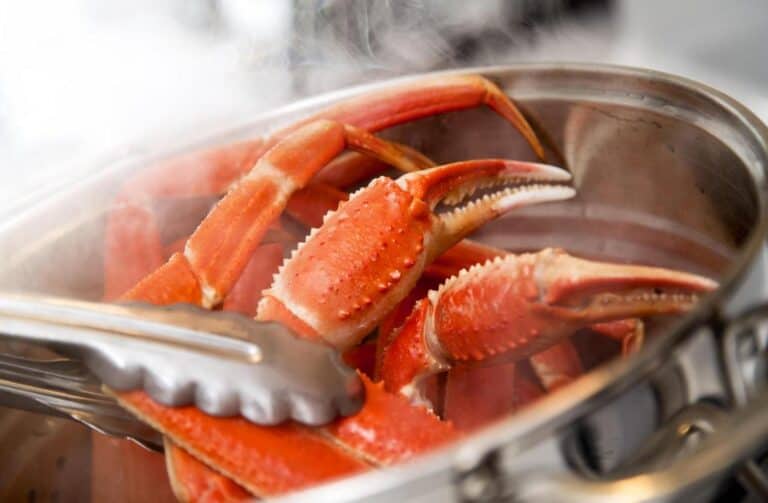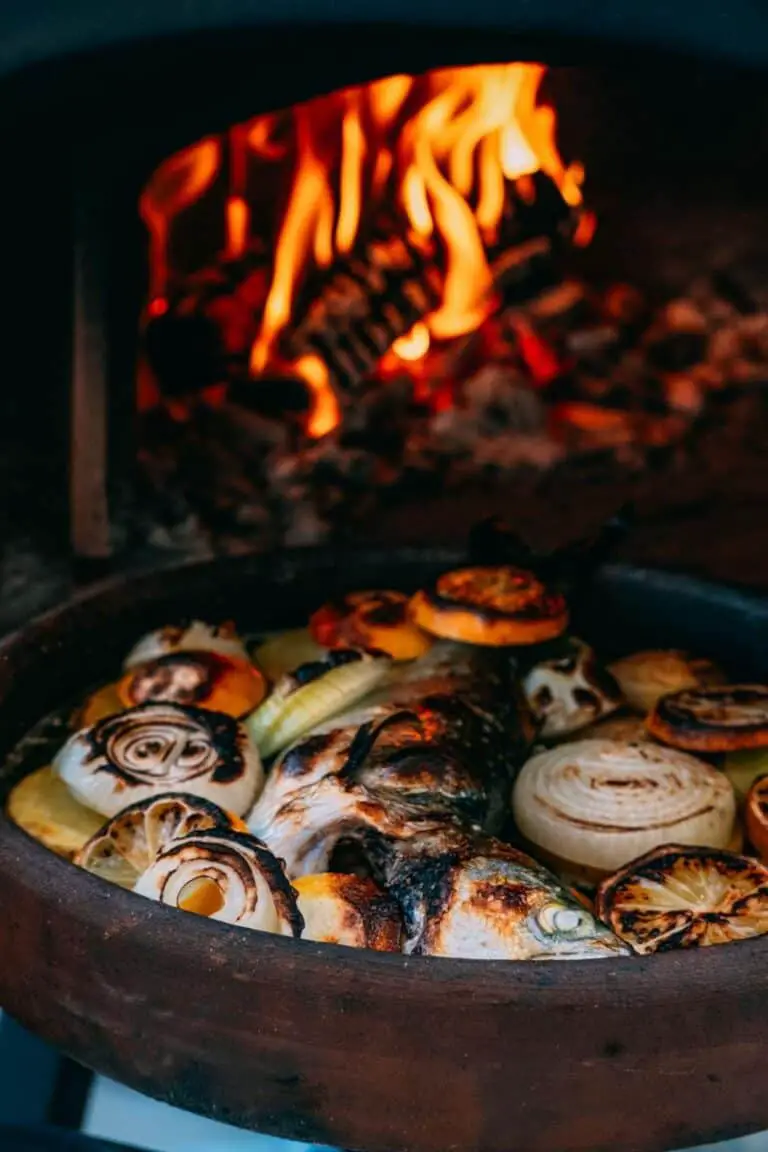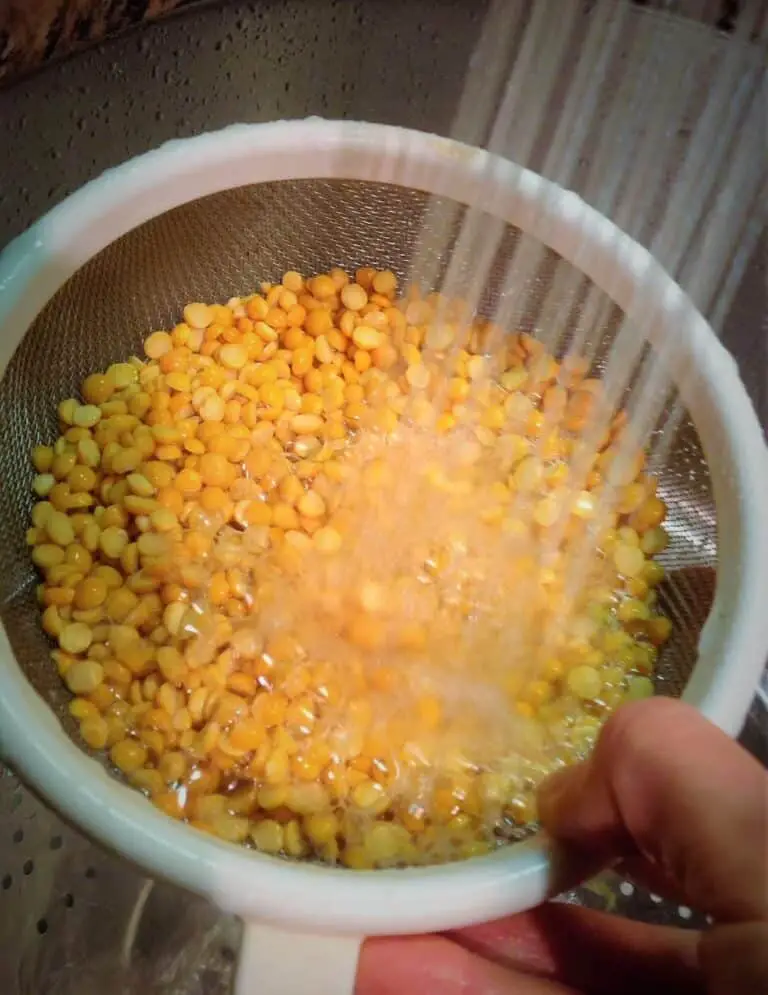Brine Before Grilling: The Key To Juicy Pork Chops
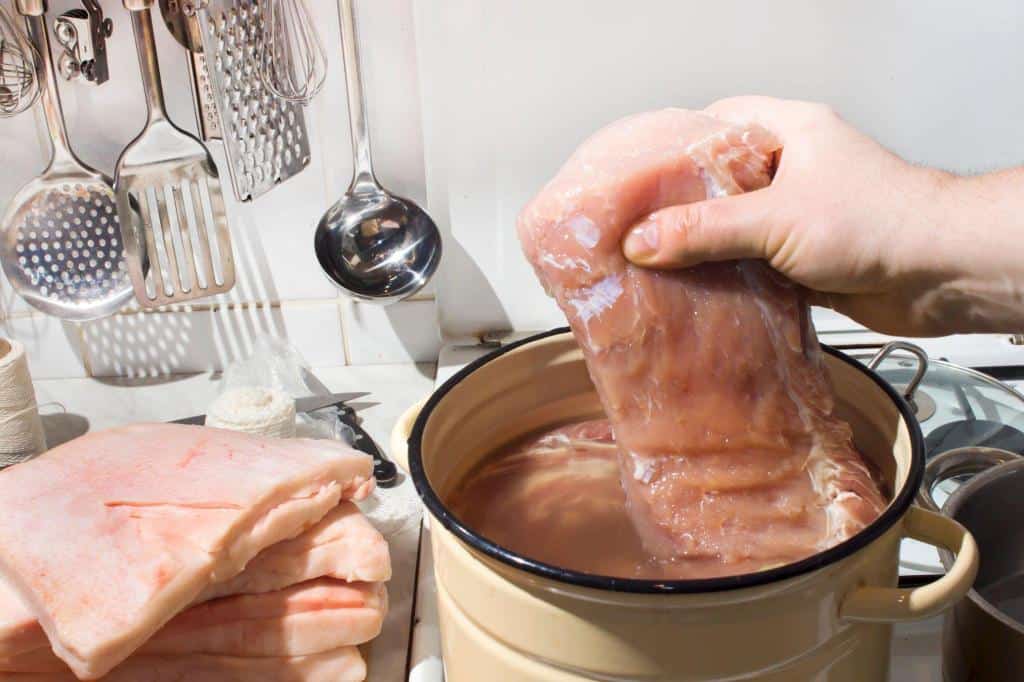
One of the most successful marketing campaigns was “Pork. The Other White Meat.” This campaign changed the way Americans thought about pork. Instead of being a heavy, fatty meat, people perceived pork as a lighter and healthier protein option. At the same time, it was not just about perception. In fact, pork did become a healthier option and a leaner protein.
The downside to this, as chefs have discovered, is that with lower amounts of fat, the meat dried out quickly during the cooking process. The reason is simple: Fat is your friend. Fat, especially the kind that is flecked throughout the actual meat (called marbling), contributes to the overall impression of moisture in cooked meat. It also adds a lot of flavor.
What we are seemingly left with is a choice between dry meat and fat-laden meat. Brining solves this. A brine is basically a liquid that contains salt and typically a sweetener to counter the high salt levels. Many brines also have additional flavors that are infused into the liquid, (which is typically water).
Understanding the Magic of Brining
At its core, brining is all about enhancing the moisture content and flavor of your pork chops. The process involves submerging the meat in a solution containing water, salt, and sometimes sugar, along with aromatic herbs and spices. This solution works its magic through osmosis: as the meat sits in the brine, it absorbs the flavorful liquid while also retaining more moisture than it would otherwise.
The Science Behind Brining
Brining might seem like kitchen wizardry, but it’s grounded in science. The salt in the brine causes the muscle fibers in the pork chop to unwind slightly, allowing the liquid to be absorbed. Moreover, the dissolved proteins in the meat bond with the salt ions, forming a matrix that traps moisture as the pork cooks. The result? Pork chops that remain juicy even in the face of high heat on the grill
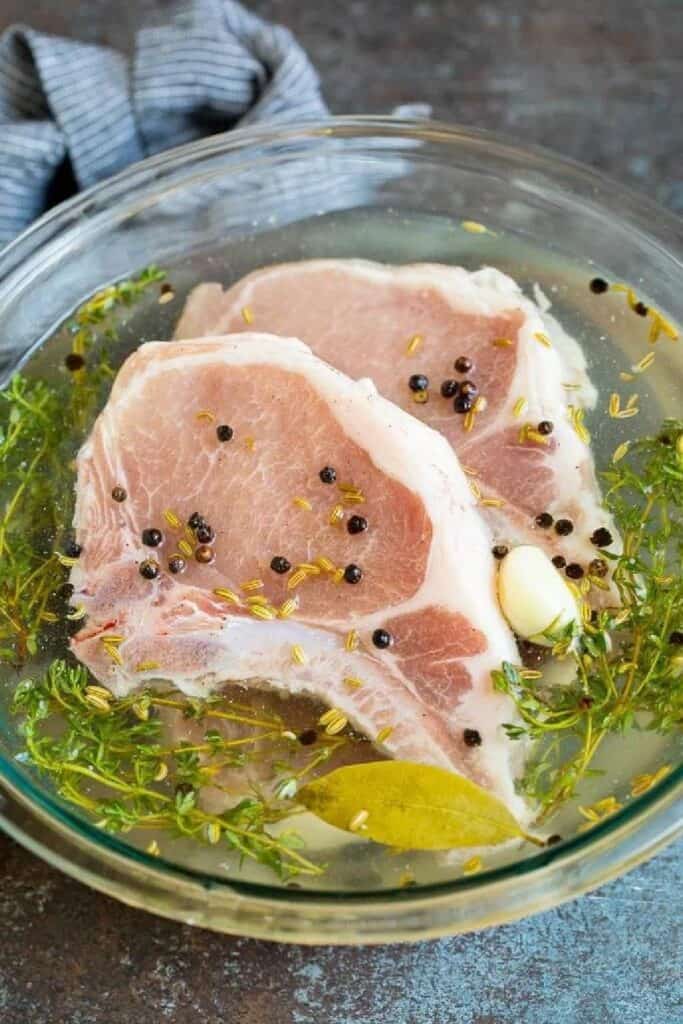
Crafting the Perfect Brine Solution
Creating a brine solution is an art in itself. While you can experiment with different flavors, a basic brine includes water, salt, and often sugar. The saltiness should mimic the ocean – enough to enhance flavor and moisture without making the meat excessively salty. Here’s a simple brine recipe to get you started:
| Ingredients | Amount |
| Water | 4 cups |
| Kosher salt | 1/4 cup |
| Sugar | 1/4 cup |
| Optional: | |
| Peppercorns | 1 teaspoon |
| Garlic | 2 cloves, smashed |
| Rosemary | 2 sprigs |
Instructions:
- Heat one cup of water in a saucepan with salt and sugar, stirring until dissolved. Remove from heat.
- Add the remaining ingredients to the mixture and let it cool to room temperature.
- Combine the brine with three more cups of cold water in a container large enough to hold the pork chops and the brine.
- Submerge the pork chops in the brine, ensuring they are fully covered. Refrigerate for 1 to 4 hours.
Brining Time: Finding the Sweet Spot
The duration of brining depends on the thickness of the pork chops. Thin chops may only need an hour or two, while thicker ones can benefit from a longer soak. It’s a balance—too short, and the brine won’t penetrate; too long, and the meat might become overly salty.
Read:What Is Masisa or Macisa Meat? Is It Same Like Pork Meat?
Preparing and Grilling Brined Pork Chops
Once your pork chops have soaked in the brine, it’s time to prepare them for the grill. Remove the chops from the brine and rinse them thoroughly to remove excess salt. Pat them dry with paper towels. At this point, you can add any additional seasonings or dry rubs for pork chops you prefer.
Grilling brined pork chops requires a slightly adjusted approach. The chops have absorbed some salt from the brine, so you’ll want to go easy on additional salt in your seasoning. Brush the chops with a bit of oil to prevent sticking, and grill them over medium-high heat. Aim for those desirable grill marks, around 5-6 minutes per side, depending on the thickness. Use an instant-read thermometer to ensure the internal temperature reaches a safe 145°F (63°C) for juicy, tender results.
Pork chops present a special problem. The loin is one of the driest muscles on the pig, which means that it is prone to drying out very easily—especially in the intense heat of the grill. Thus, pork chops benefit tremendously from brining. When pork chops absorb the salt in the brine, some food science magic happens. The salt actually helps the meat hold on to its moisture as it cooks. The additional flavors in the brine are also absorbed into the meat, thus adding more flavor to the pork chop.
More: Bacon Wrapped Pork Filet in a Sweet Sour Sauce Recipe
There are three important tips to remember when grilling brined pork chops:
- Dry chops well before grilling to prevent sticking
- Do not season the pork chops with additional salt before grilling – they can easily become too salty
- Be sure to watch the chops closely on the grill, as they can burn easily due to the sweeteners in the brine that tend to caramelize quickly. If left unattended, these sugars can burn and turn bitter. Combat this potential issue by lowering the heat of the grill and taking the chops off as soon as they reach an internal temperature of 145°F in the thickest part
Conclusion
In the world of grilling, brining is a game-changer, especially when it comes to pork chops. The art of creating a perfectly balanced brine, allowing the meat to soak in those savory flavors, and then expertly grilling to perfection is a journey worth taking. The science-backed magic of brining ensures that every bite of your pork chop is a burst of succulence and taste. So, the next time you’re planning a grill-out, consider the power of brining—your taste buds will thank you.

